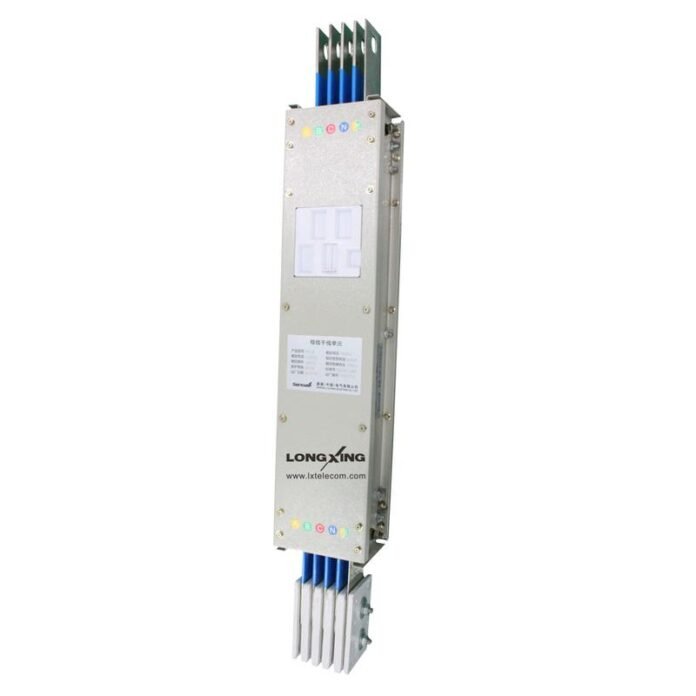In the evolving landscape of electrical infrastructure, Busbar Trunking System (BTS) stands out as a crucial component for efficient power distribution. As industries and societies progress towards more sustainable and smart energy solutions, the role of busbar trunking systems is expanding. This article explores the future trends in busbar trunking, focusing on smart grid integration and renewable energy.
The Growing Importance of Busbar Trunking Systems
A Busbar Trunking System is an advanced method of distributing electricity, particularly in large buildings and industrial setups. It offers numerous advantages over traditional cabling systems, including better flexibility, reduced fire risk, and enhanced energy efficiency. With the global shift towards renewable energy and smart grids, the need for efficient power distribution solutions like BTS is more critical than ever.
Smart Grid Integration
Enhanced Monitoring and Control
One of the significant trends in the evolution of Busbar Trunking Systems is their integration with smart grids. Smart grids are modern electrical grids that use digital communications technology to detect and react to local changes in usage. The integration of BTS into these grids enhances monitoring and control capabilities. Advanced sensors and IoT (Internet of Things) devices embedded within busbar systems allow for real-time data collection and analysis. This data helps in optimizing power distribution, reducing energy wastage, and improving overall grid reliability.
Improved Energy Management
Smart grids facilitate better energy management by integrating renewable energy sources like solar and wind power. Busbar Trunking Systems play a vital role in this integration by providing a robust and flexible infrastructure that can handle variable energy inputs. The ability to efficiently manage and distribute power from multiple sources ensures that energy demands are met while minimizing losses.
Renewable Energy Integration
Supporting Sustainable Energy Solutions
As the world increasingly embraces renewable energy, the demand for infrastructure that can support sustainable energy solutions grows. Busbar Trunking Systems are ideal for integrating renewable energy sources into the power grid. Their modularity and scalability make them suitable for various applications, from small solar farms to large wind power installations. BTS can handle the fluctuating power output typical of renewable sources, ensuring stable and reliable energy distribution.
Enhancing Efficiency and Reducing Carbon Footprint
Efficiency is a key factor in renewable energy systems. Busbar Trunking Systems contribute to this efficiency by reducing energy losses during transmission. Traditional cabling systems often suffer from significant power losses due to resistance and heat generation. In contrast, busbar systems are designed to minimize these losses, thereby enhancing the overall efficiency of the energy distribution network. This efficiency translates to a reduced carbon footprint, making busbar trunking an environmentally friendly choice.
Future Innovations in Busbar Trunking Systems
Advanced Materials and Technologies
The future of Busbar Trunking Systems lies in the development of advanced materials and technologies. Researchers are exploring the use of superconducting materials that offer zero resistance, leading to virtually no energy losses. Additionally, advancements in insulation materials are improving the safety and durability of busbar systems.
Integration with Energy Storage Systems
Energy storage systems are becoming increasingly important in managing the intermittent nature of renewable energy sources. The integration of Busbar Trunking Systems with advanced energy storage solutions, such as batteries and supercapacitors, will be a significant trend. This integration will ensure a steady supply of power even when renewable sources are not producing energy, enhancing grid stability and reliability.
Digital Twin Technology
Another exciting development is the use of digital twin technology. A digital twin is a virtual replica of a physical system that can be used for simulation and analysis. Applying this technology to Busbar Trunking Systems allows for predictive maintenance, performance optimization, and efficient system design. By simulating various scenarios, operators can foresee potential issues and address them proactively, ensuring uninterrupted power distribution.
Conclusion
The future of Busbar Trunking Systems is bright, with significant advancements on the horizon. The integration with smart grids and renewable energy sources will play a crucial role in building a sustainable and efficient power distribution network. As these systems evolve, they will continue to offer enhanced efficiency, flexibility, and reliability, meeting the growing demands of modern electrical infrastructure. Embracing these future trends will be essential for achieving a more sustainable and energy-efficient world.


